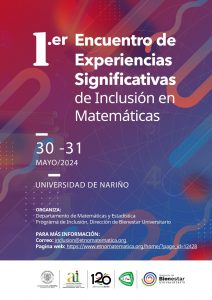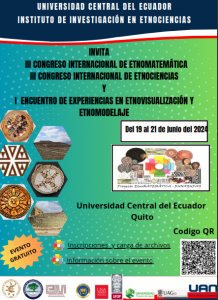Third International Handbook of Mathematics Education
 Third International Handbook of Mathematics Education
Third International Handbook of Mathematics Education
Table of Contents
Past, present and future dimensions of mathematics education: Introduction to the Third International Handbook of Mathematics Education: M. A. (Ken) Clements.
– VOLUME ONE.-
SECTION A: SOCIAL, POLITICAL AND CULTURAL DIMENSIONS IN MATHEMATICS EDUCATION.-
Introduction to Section A: Social, Political and Cultural Dimensions in Mathematics Education: Christine Keitel.-
1. From the few to the many: Historical perspectives on who should learn mathematics: M. A. (Ken) Clements, C. Keitel, Alan J. Bishop, Jeremy Kilpatrick and Frederick Leung.-
2 Theories for studying social, political and cultural dimensions of mathematics education: Eva Jablonka, David Wagner and Margaret Walshaw.-
3. Understanding and overcoming “disadvantage” in learning mathematics : Lulu Healey and Arthur B. Powell.-
4. Beyond deficit models of learning mathematics: Sociocultural directions for change and research: Cristina Frade, Nadja Acioly-Régnier and Li Jun.-
5. Studying learners in intercultural contexts: Yoshinori Shimizu and Gaye Williams.-
6. Learners in transition between contexts: Tamsin Meaney and Troels Lange.-
7. Critical perspectives on adults’ mathematics education: Jeff Evans, Tine Wedege and Keiko Yasukawa.-
8. The politics of equity and access in teaching and learning mathematics: Neil A. Pateman and Chap Sam Lim.-
SECTION B: MATHEMATICS EDUCATION AS A FIELD OF STUDY.-
Introduction to Section B: Mathematics Education as a Field of Study: Alan J. Bishop.-
9. From mathematics and education to mathematics education: Fulvia Furinghetti, José Manuel Matos and Marta Menghini.-
10. Theories for education: mathematics: Some developments and ways forward: Bharath Sriraman and Elena Nardi.-
11. Research methods in mathematics teacher education: Uwe Gellert, Rosa Becerra Hernández and Olive Chapman.-
12. Linking research to practice: Teachers as key stakeholders in mathematics education research: Carolyn Kieran, Konrad Krainer and J. Michael Shaughnessy.-
13. Teachers learning from teachers: Allan Leslie White, Barbara Jaworski, Cecilia Agudelo-Valderrama and Zahra Gooya.-
14. Developing mathematics educators: Jarmila Novotná, Claire Margolinas and Bernard Sarrazy.-
15. Institutional contexts for research in mathematics education: Tony Brown and David Clarke.-
16. Policy implications of developing mathematics education research: Celia Hoyles and Joan Ferrini-Mundy.-
VOLUME TWO.- SECTION C: TECHNOLOGY IN THE MATHEMATICS CURRICULUM.-
Introduction to Section C: Technology in the mathematics curriculum: Frederick Leung.-
17. From the slate to the Web: Technology in the mathematics curriculum: David Lindsay Roberts, Allen Yuk Lun Leung and Abigail Lins.-
18. Modelling with mathematics and technologies: Julian Williams and Merrilyn Goos.-
19. Technology and the role of proof: The case of dynamic geometry: Nathalie Sinclair and Ornella Robutti.-
20. How might Computer Algebra Systems change the role of algebra in the school curriculum?: M. Kathleen Heid, Mike Thomas and Rose Mary Zbiek.-
21. Technologies for enhancing statistical reasoning at the school level: Rolf Biehler, Dani Ben-Zvi, Arthur Bakker and Katie Makar.-
22. Learning with the Use of the Internet: Marcelo C. Borba, Philip Clarkson and George Gadanidis.-
23. Technology and assessment in mathematics: Kaye Stacey and Dylan Wiliam.-
24. Technology-driven developments and policy implications for mathematics education: Luc Trouche, Paul Drijvers, Ghislaine Gueudet and Ana Isabel Sacristán.-
SECTION D: INTERNATIONAL PERSPECTIVES ON MATHEMATICS EDUCATION.-
Introduction to Section D: International Perspectives on Mathematics Education: Jeremy Kilpatrick.



